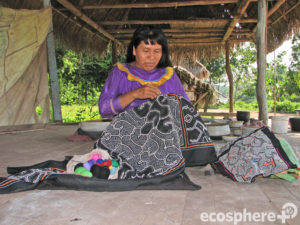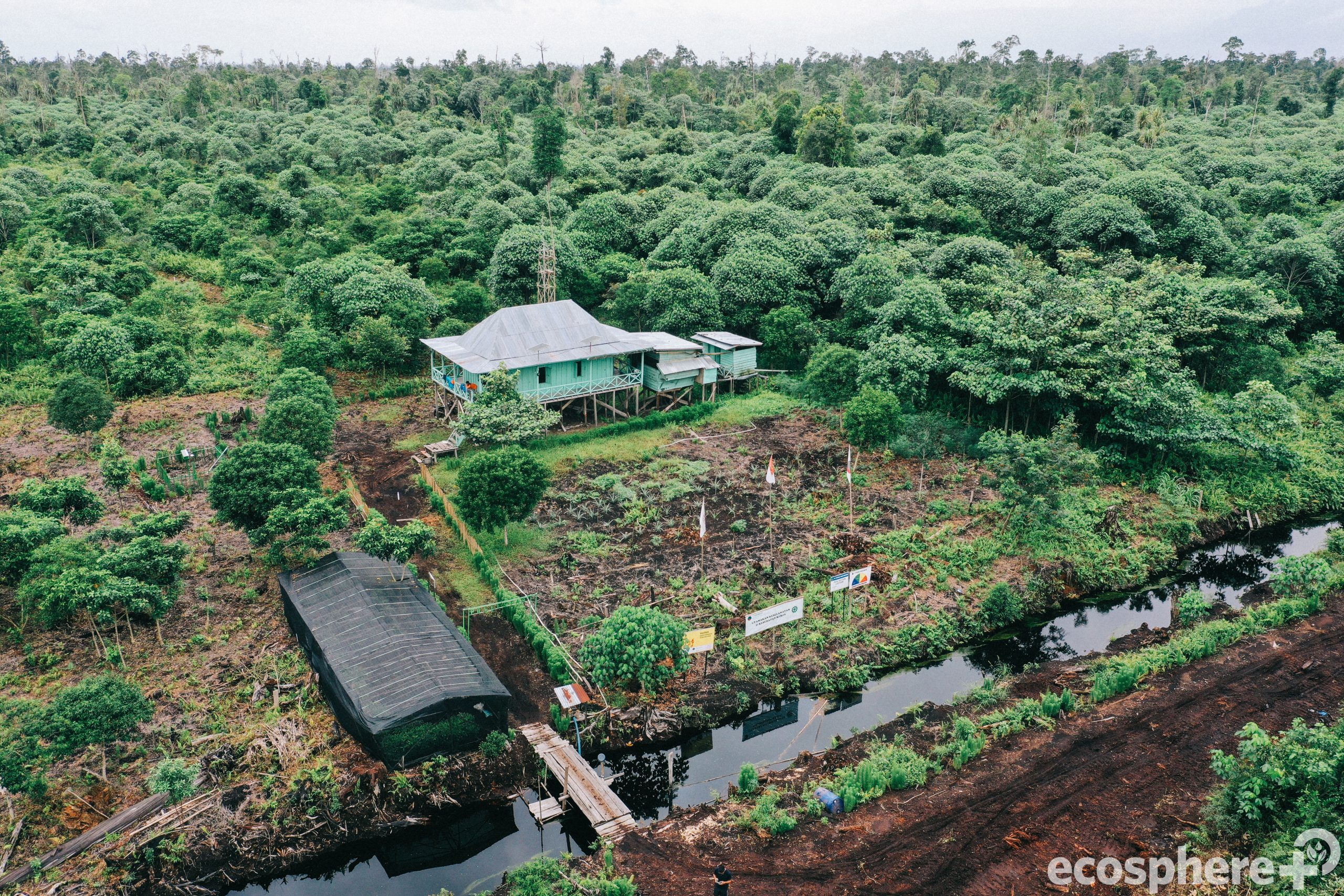The origins
REDD+, which stands for Reducing Emissions from Deforestation and Forest Degradation, is a UN-backed mechanism that was developed in 2008 to combat climate change. REDD+ aims to reduce emissions from the forest sector, which after energy, produces more emissions than any other – it is estimated that between 10 and 20 percent of global greenhouse gas emissions can be attributed to deforestation and forest degradation.
How does it work?
REDD+ places a financial value on the carbon stored in forests by offering incentives to help countries with high carbon stocks to reduce emissions from forests and invest in sustainable economic development. REDD+ recognises the critical role that forests play in mitigating climate change, and mobilises funds – direct payments or in exchange for carbon credits – from across nations, economies and sectors for forest protection. Beyond preventing deforestation and forest degradation, REDD+ promotes forest conservation, sustainable forest management and the enhancement of existing forest ecosystems. These broader initiatives turned REDD into REDD+!
 Transparency underlying REDD+
Transparency underlying REDD+
REDD+ has garnered its fair share of criticism, which has only helped to push the programme to the robust, transparent and verifiable framework it represents today. REDD+ projects are verified as generating real emissions reductions by various standards bodies including VERRA and its accompanying Verified Carbon Standard (VCS), a quantitative standard ensuring that certified projects follow a rigorous assessment process before they are able to issue carbon credits. The requirements help to enforce strict accounting of carbon to make sure that emissions reductions are really happening and to prevent issues such as double counting or leakage, which describes the potential for deforestation to be moved outside a project area, rather than prevented. These standards ensure successful REDD+ projects defined by transparency and credibility.
Co-benefits
Beyond standards like the VCS, many REDD+ projects are also verified under qualitative standards designed to measure and report wider project benefits beyond emissions reductions, such as the Climate, Community and Biodiversity Standard which certifies biodiversity conservation and benefits to local communities. The CCB is an incredibly important standard which ensures a breadth and diversity of project benefits, and can verify anything from women’s empowerment and education for girls to access to healthcare and clean water. For example, the Guatemalan Conservation Coast project, verified by the VCS and CCB, is built on promoting sustainable forest management with local and indigenous communities. As a direct result of activities on the ground, not only has the project avoided over 5.2 million tonnes of CO2, but protected 30 threatened species and contributed almost €8.4m to the local economy. See here to get to know the forest conservation and restoration projects that Ecosphere+ represents, all of which are double-verified to the VCS and CCB standards, and here to read stories of communities on the ground who are being empowered by REDD+, and the ecosystems and species that these projects protect.
 The value of REDD+ for climate action
The value of REDD+ for climate action
REDD+ is a natural climate solution to reducing net carbon emissions, one which must always complement and not replace rapid decarbonisation. Natural climate solutions are recognised by scientists as one of the most powerful and immediate ways to tackle climate change and meet the Paris Agreement reduction goals and are essential, alongside the shift to a low-carbon energy system, to keeping emissions within the necessary carbon budget. Research has shown that natural climate solutions can provide around a third of emissions reductions needed by 2030 to meet the Paris Agreement.
The voluntary carbon market is a key mechanism that is needed to unlock important flows of finance to scale REDD+ natural climate solutions. The voluntary market enables a broad range of stakeholders to access carbon credits to mitigate or offset their own emissions by financing the avoidance or reduction of emissions from other sources. The REDD+ mechanism is now empowering forward thinking businesses of all sizes to reach their net zero and science-based targets while promoting the preservation and restoration of biodiversity and supporting sustainable livelihoods for local and indigenous people around the world, in line with the UN SDGs.
If you are a business interested in understanding how natural climate solutions, and REDD+, can help you reach your ambitions, get in touch.
Images:
Copyright Forest Carbon/CIMA/Marlon DAG
